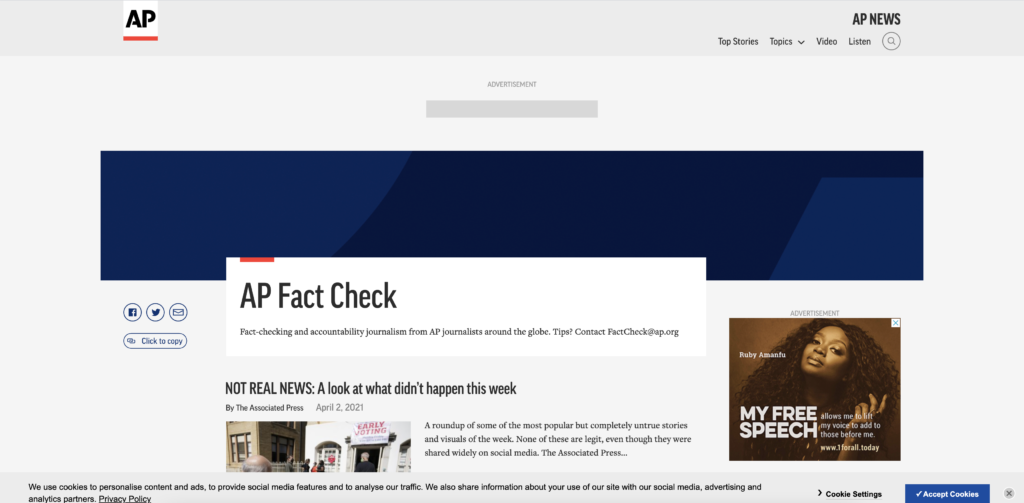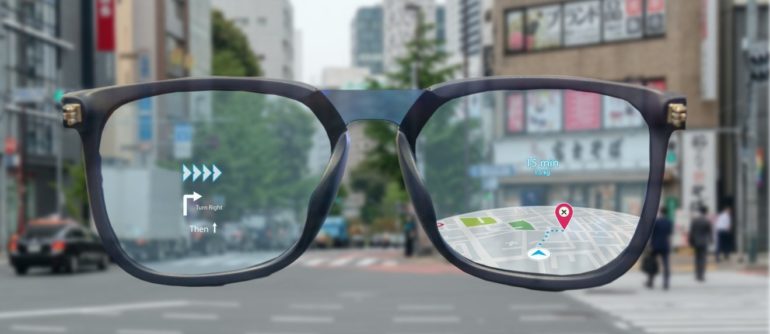We are discussing changes in every article. We already got it — everything is changing. Redesign — side effect of changes. And if one part is changing, then the chain of changes starts.
What influence what? Are people influence changes or changes influence people?
Developing web-page, good to remember — people will not like changes immediately, they need time to accept it. Doesn’t matter if it is new design, new icon color or new effective tool to use. We need time.
Who tells the timing? When companies understood, that it is time to change the icon color? Who tells, that this color is not reliable or modern now? With technologies it is the flow, right? Creating one technology, we are preventing old problems, but questioning the new ones.
Speaking about icon or font color, web-page or app, people are providing changes. Artist, art director of big company influence smaller through people’s review. Smaller wants to imitate bigger. We are following trends, fashion, that one person create and couple of others support. In total, one person brings the idea, but change itself — widespread it.
Following the thought, why we deciding to widespread the idea of one person, we don’t even know? Because brand stays in foreground of this person? Or we just like changes? They give us the filling of movement? That we live our life? That it is not boring and we actually have a flow?
And more people widespread the idea, the more mainstream it appears to be, the more we like it. Herd instinct? Fear of being different from the crowd? Doesn’t we want to be unique? Or at least the best?
I suppose, that changes influence people, we don’t pay attention on it, in most of the times. But they do, slightly. At the same time, from the other side of straight line is people opinion. I mean, people give feedback to the technologies, changes and new inventions. If those feedback processed in a right way, and it usually does, then listening to it, new technologies are invented. But not in the way people suppose they want it, but in the way they need it.
Do we know what we need? We think so. But we don’t really know how to define our thoughts. They are different from what we need. Different design experiments have shown that people do not really know what they are talking about. Do you remember implementation of new Instagram app icon? People were so shocked, they tell it ugly, non-modern and, of course, previous one was much better! In a week they change their opinion. Same with Mail group. They slightly change the icon color twice. First time to the lighter blue. And in couple of years to the neon-blue. People were hating both colors. Why?
Why is bad question. Or wrong. It kinda should give the wider idea about things, but it stands us us in front of the new questions, we have no idea about. Cave with no bottom.
Someone from famous people said, that the only unchangeable thing in this world — changes. The world around us changes radically, our life is changing, we are changing, and, unknown what comes first. Either changes occur in us, and exactly they are the reason for new plot for our lives. Either our lives, developing in certain rules, force us to change.





























